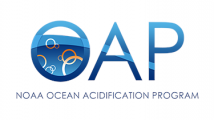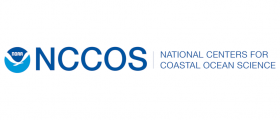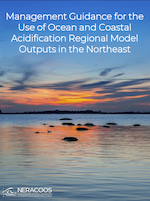OA THRESHOLDS
Funded by the NOAA’s Ocean Acidification Program and National Centers for Coastal Ocean Science, we worked with our partners to expand the existing Northeast Coastal Ocean Forecast System (NECOFS) to include the carbonate chemistry that determines coastal acidification. The project team combined advanced circulation, hydrological, and ecological models, and also organized workshops and focus groups. The goal was to determine information needs, decision scenarios, modeling priorities, and options for delivering actionable information for three specific user groups: water quality managers and monitoring systems, oyster growers, and the wild harvest shellfishing industry. The synthesis of this information and findings can be found in the project’s Engagement Report .
Waters of the northeastern U.S. are among the most vulnerable to ocean and coastal acidification (OCA). OCA threatens the livelihoods of Northeast coastal communities through current and potential impacts on commercially and culturally important species and ecosystems. Successful adaptation and mitigation options to address these impacts—including actions by municipal, state, and federal water quality managers, marine resource managers, coastal zone managers, fishers, and the aquaculture industry—depend strongly on the availability of real-time predictions and short-term forecasts to inform decision-making. Without a way to predict OCA conditions in the dynamic coastal system, industry members, resource managers, and coastal policy makers have little insight into how to plan, respond, and adapt to OCA.
With carbonate chemistry added to NECOFS, it’s possible to predict acidification conditions through short-term forecasts and longer term predictions of climate effects. An ability to project acidification conditions throughout the region allows managers to develop plans for coastal water quality and marine resources. The project included an advisory council with representation from the Northeast Coastal Acidification Network, EPA Region 1, NOAA Fisheries/Northeast Fisheries Science Center, Maine Center for Coastal Fisheries, Maine Bureau of Water Quality, New Hampshire Department of Environmental Services, Massachusetts Lobstermen’s Association, Island Creek Oysters (MA), Fishers Island Oyster Farm, Inc. (NY), and Island Institute (ME).
UMass School for Marine Science and Technology built regional biogeochemical models by integrating biological data into the pre-exiting FVCOM model of physical oceanographic processes. These models allow us to better understand and visualize ocean chemical conditions like pH, pCO2, and dissolved oxygen.
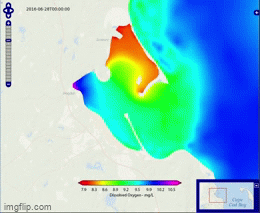
A visualization of the NeBON model at work displaying dissolved oxygen in Duxbury Harbor, MA, created by project partners at the Gulf of Maine Research Institute.
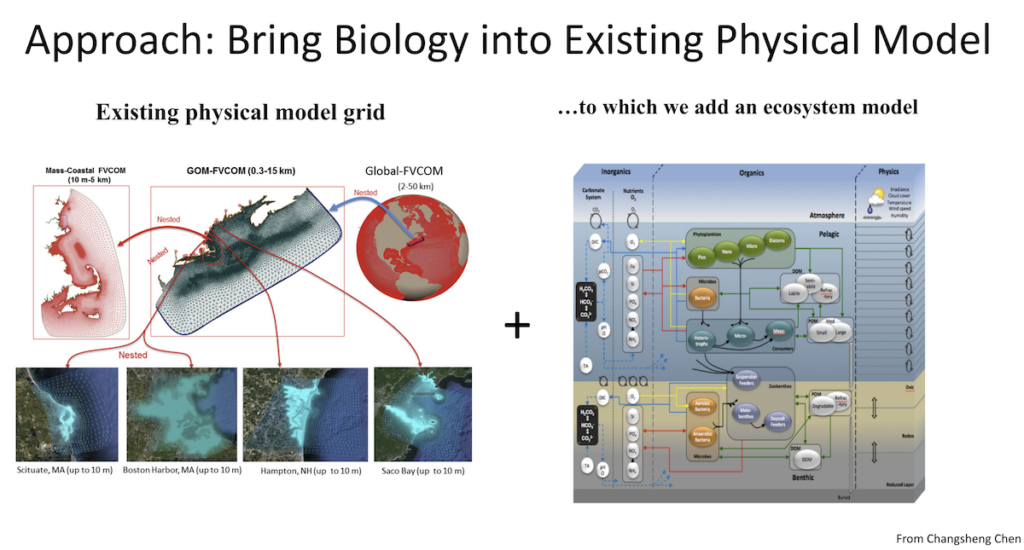
Project Partners
Funding Provided by
